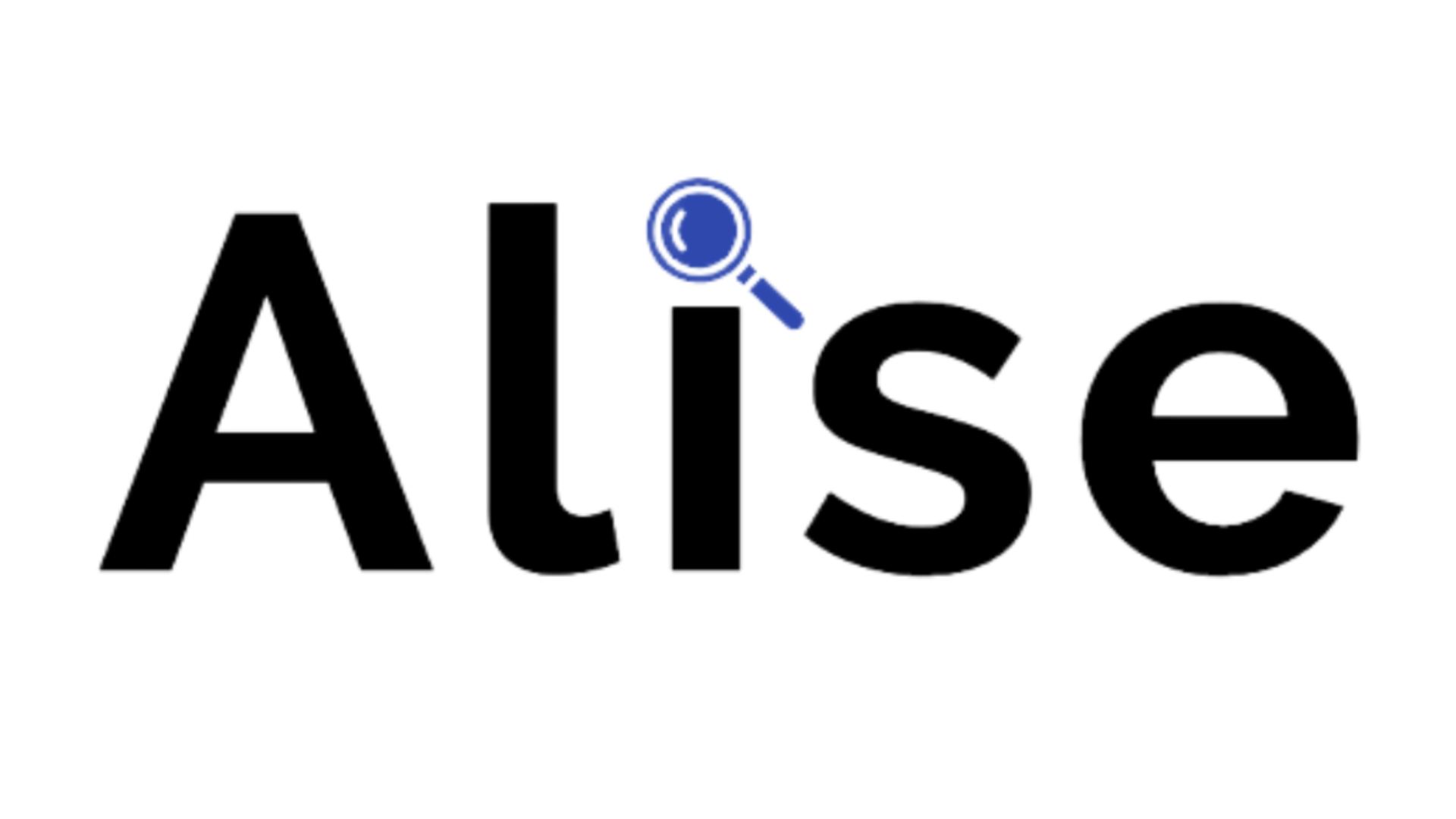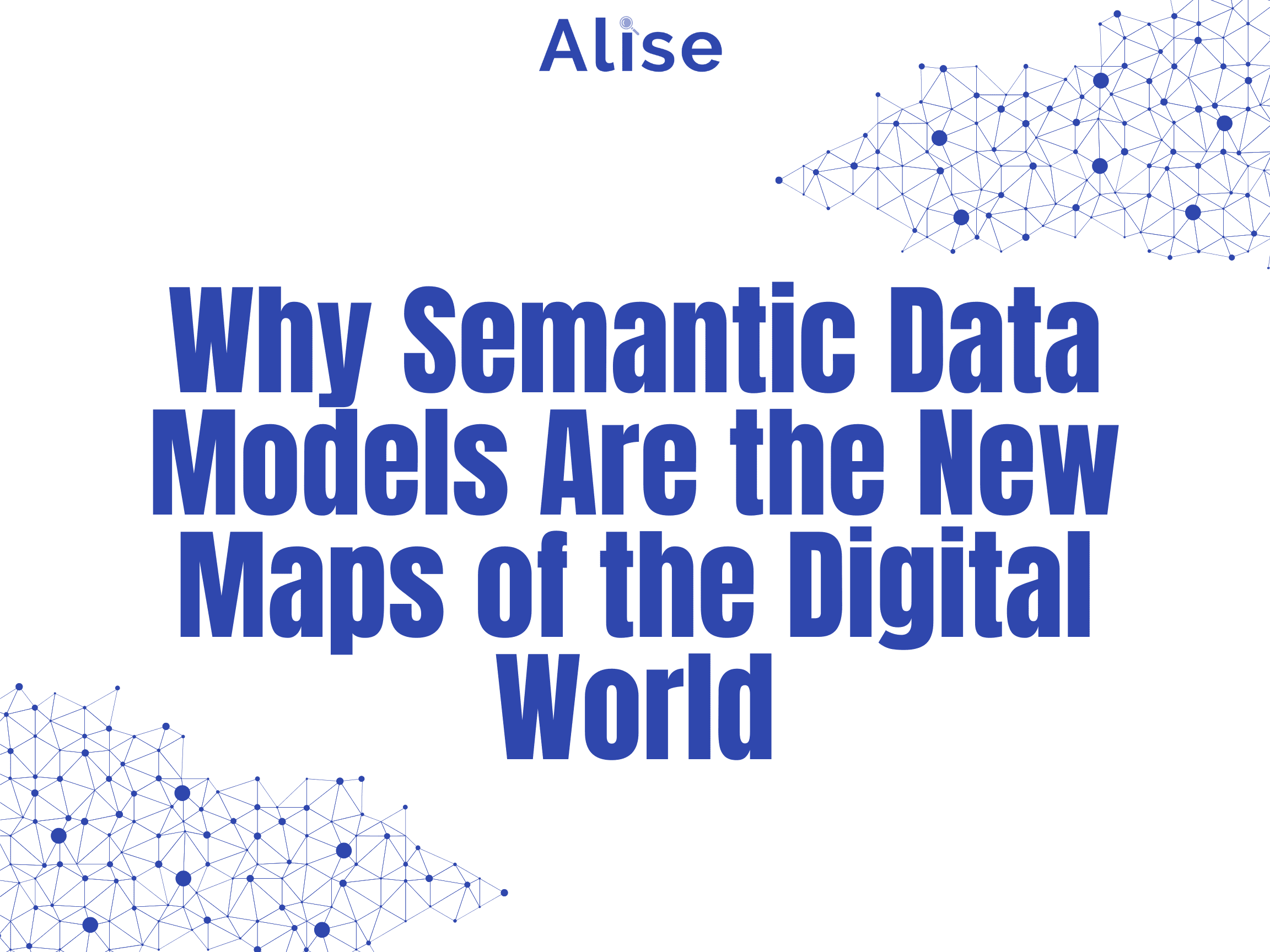Semantic data models function in many ways like maps. Both are tools that represent the world — or parts of it — through symbolic systems. And both help us maintain orientation in the dense forest of data and impressions. In fact, semantic data models and maps share some surprisingly similar methods…
1. Tools for Navigation: Turning Data Into a Landscape
Maps depict spatial and geographic features. They simplify a given section of the world into recognizable landmarks and highlight how they relate to each other. Semantic data models do the same — but with information.
They group related data into clusters and define the relationships that weave those clusters together. The result is an information topography that gives users clarity, orientation, and intuitive pathways through complex data sets.
With this structure, data becomes easier to locate, explore, and connect.
Semantic data is functional.
2. Tools for Meaning: Adding Context, Not Just Structure
A map’s legend enriches what you see — elevation, terrain, scale — turning lines and colors into actionable understanding.
Semantic data models achieve a similar effect using metadata — enriching raw data with attributes, classifications, and connections. This gives data an added layer: meaning. Data becomes information.
Think of it as a map that not only shows you where to go but also functions as a smart, built-in travel guide.
Semantic data is informative.
3. Tools for Connection: Linking Systems Like Maps Form Continents
Individual maps help you navigate a region. But place them side by side and you start forming continents, countries, and eventually entire worlds.
Semantic data models work the same way.
By encoding meaning directly into data, they create shared reference points that different systems can understand. This allows multiple platforms to integrate seamlessly — each one interpreting information in the same semantic language.
In this way, semantic structures become the bridges that connect previously isolated systems.
Semantic data bridges boundaries.
From Maps to a Global View: The Path to Web 3.0
A single map gives you a view of one region. Combine many, and you build a global picture.
Semantic data models follow the same logic.
Connect one model to the next, and the next, and you create an ever-expanding network of meaningful, interoperable information.
Scale this idea far enough, and you enter the foundation of Web 3.0 — the Semantic Web, where data is no longer just stored or retrieved, but understood.



No responses yet